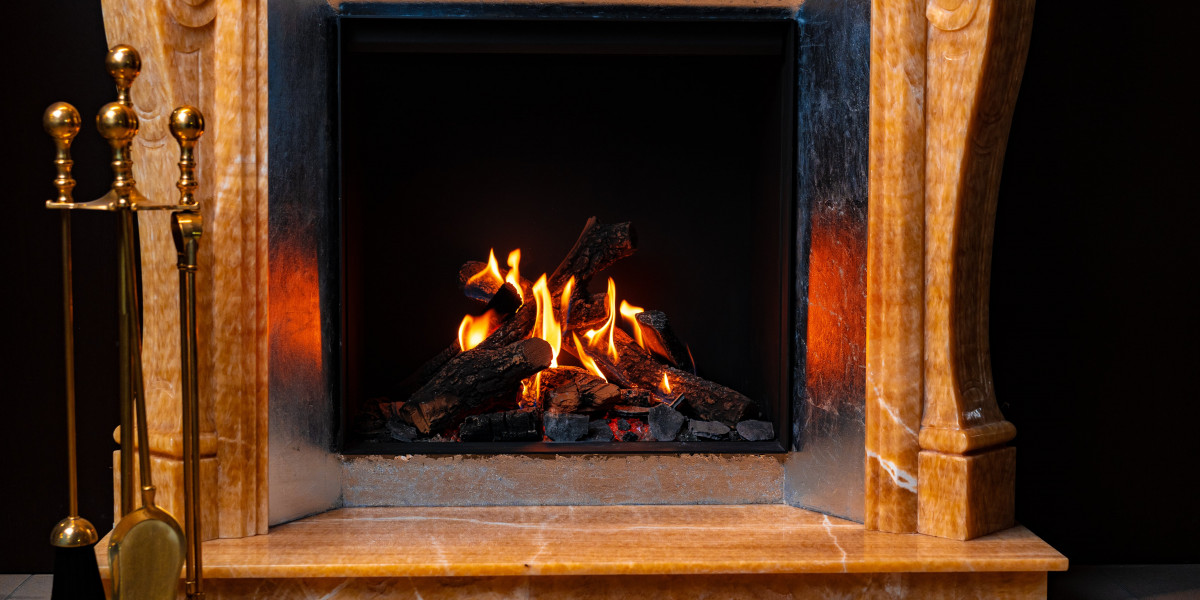Cooking is an art, a passion, and a necessity in our daily lives. It allows us to create delicious meals, express our creativity, and bond with loved ones. However, the kitchen can also be a place where accidents happen. Understanding and implementing cooking safety tips is crucial to ensure that your culinary adventures are enjoyable and free from mishaps. In this blog, we'll explore 10 important safety cooking tips that every home chef should know.
1. Always Stay in the Kitchen
One of the foundational cooking safety rules is to never leave your cooking unattended. Whether you're sautéing, frying, or simmering, accidents can occur in the blink of an eye. Staying in the kitchen allows you to keep a watchful eye on your food, ensuring it cooks correctly and preventing potential hazards. While it's tempting to multitask or step away briefly, your presence in the kitchen is the best safeguard against unexpected mishaps, making it a fundamental and non-negotiable safety practice.
2. Keep Flammable Items Away
In the hustle and bustle of the kitchen, it's easy to underestimate the risk that flammable items pose. From kitchen towels to paper towels and oven mitts, these everyday items can ignite quickly when exposed to open flames, hot surfaces, or sizzling oil. To prevent accidents, make sure to keep flammable objects at a safe distance from stovetops and other heat sources. By maintaining this simple yet crucial safety precaution, you create a safer cooking environment and reduce the risk of fires and burns, ensuring your culinary adventures remain enjoyable and secure.
3. Use the Right Tools
The importance of using the right tools in the kitchen goes beyond mere convenience; it's a matter of safety. Ensuring that your cookware and utensils are in good condition and appropriate for the task minimizes the risk of accidents. Heat-resistant handles on utensils and well-maintained cookware prevent burns and injuries. By adhering to this fundamental safety practice, you not only make your cooking experience more efficient but also safeguard yourself against potential kitchen mishaps.
4. Don't Overcrowd the Stove or Oven
Overcrowding the stove or oven is a common mistake that can lead to uneven cooking and spills. Ensuring that pots, pans, and baking sheets have enough space allows for proper air circulation and prevents accidents. By respecting this principle, you maintain control over your cooking, reduce the risk of hot spills, and create a safer and more efficient culinary environment. This simple yet essential safety measure ensures that your kitchen remains a place of creativity and satisfaction without compromising your well-being.
5. Handle Knives with Care
Sharp knives are indispensable in the kitchen, but they demand respect and care. Using a cutting board and adopting a controlled, deliberate cutting technique keeps your fingers safe. Regular knife maintenance by sharpening is key to prevent accidents caused by dull blades. By embracing these safety practices, you not only make your kitchen a safer place but also elevate your cooking skills. Knife safety is non-negotiable, ensuring that your culinary journey remains a rewarding and secure one.
6. Beware of Hot Oil
Hot oil in the kitchen can pose significant risks if not handled with caution. Frying with it requires using a deep fryer or a deep, heavy pot with a thermometer to control the oil's temperature. Adding frozen or wet food to hot oil can lead to violent splattering. By heeding these precautions, you minimize the risk of burns and accidents, ensuring that your culinary endeavors with hot oil are both safe and successful.
7. Be Mindful of Cross-Contamination
Cross-contamination is a leading cause of foodborne illnesses, making it essential to be vigilant in the kitchen. Proper hand washing and utensil cleaning are paramount when switching between different food items, particularly when handling raw meat. By practicing these food safety measures, you protect yourself and your loved ones from potential health risks, ensuring that your kitchen remains a place of delicious and safe culinary exploration.
8. Store Food Safely
Proper food storage is a fundamental component of cooking safety. Ensure that perishable items are promptly refrigerated and that your refrigerator and freezer maintain the correct temperatures. Labeling leftovers with dates ensures they're consumed before going bad. By adhering to these food safety practices, you reduce the risk of foodborne illnesses, safeguarding your health and making your kitchen a hub of secure and wholesome culinary adventures.
9. Use Oven Mitts and Pot Holders
When dealing with hot pots, pans, or items from the oven, always use oven mitts or pot holders to protect your hands. These essential kitchen tools shield your skin from burns and ensure a safe cooking experience. It's crucial to ensure that your oven mitts and pot holders are in good condition and capable of withstanding high temperatures. By prioritizing this safety measure, you not only avoid painful burns but also create a secure and enjoyable environment in your kitchen.
10. Have a Fire Safety Plan
Accidents can happen, even in a well-prepared kitchen. It's essential to have a fire safety plan in place. Make sure you have a fire extinguisher within easy reach and know how to use it. Familiarize yourself with the appropriate steps to take in case of a kitchen fire, such as covering flames with a lid or using a fire blanket. By having a fire safety plan, you're ready to respond calmly and effectively to emergencies, ensuring that your kitchen remains a place of creativity and safety, even in unexpected situations.
Conclusion
Cooking is a delightful and creative endeavor, but it's not without its risks. It's essential to remember that safety in the kitchen should always be a top priority. The 10 cooking safety tips we've explored in this blog are fundamental guidelines that every home chef should follow.
From staying in the kitchen while cooking to being mindful of hot oil and using the right tools, these tips help create a safer cooking environment. By practicing good food safety habits, such as preventing cross-contamination and ensuring proper food storage, you not only protect yourself from accidents but also reduce the risk of foodborne illnesses.







